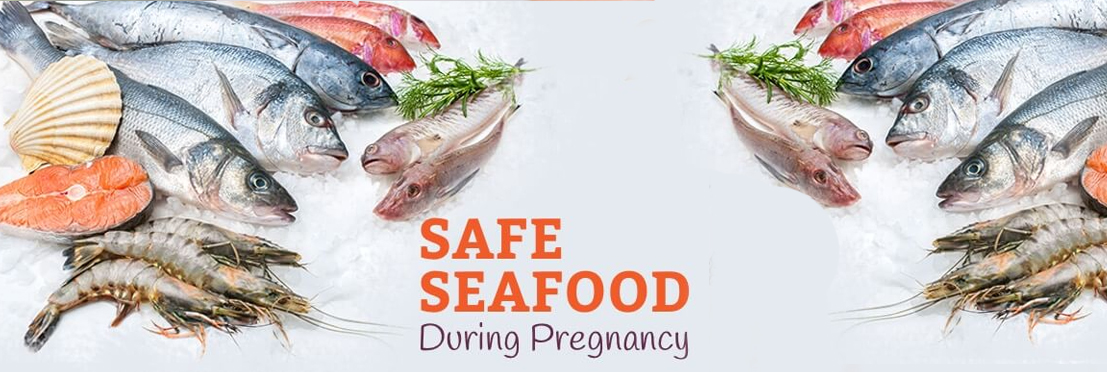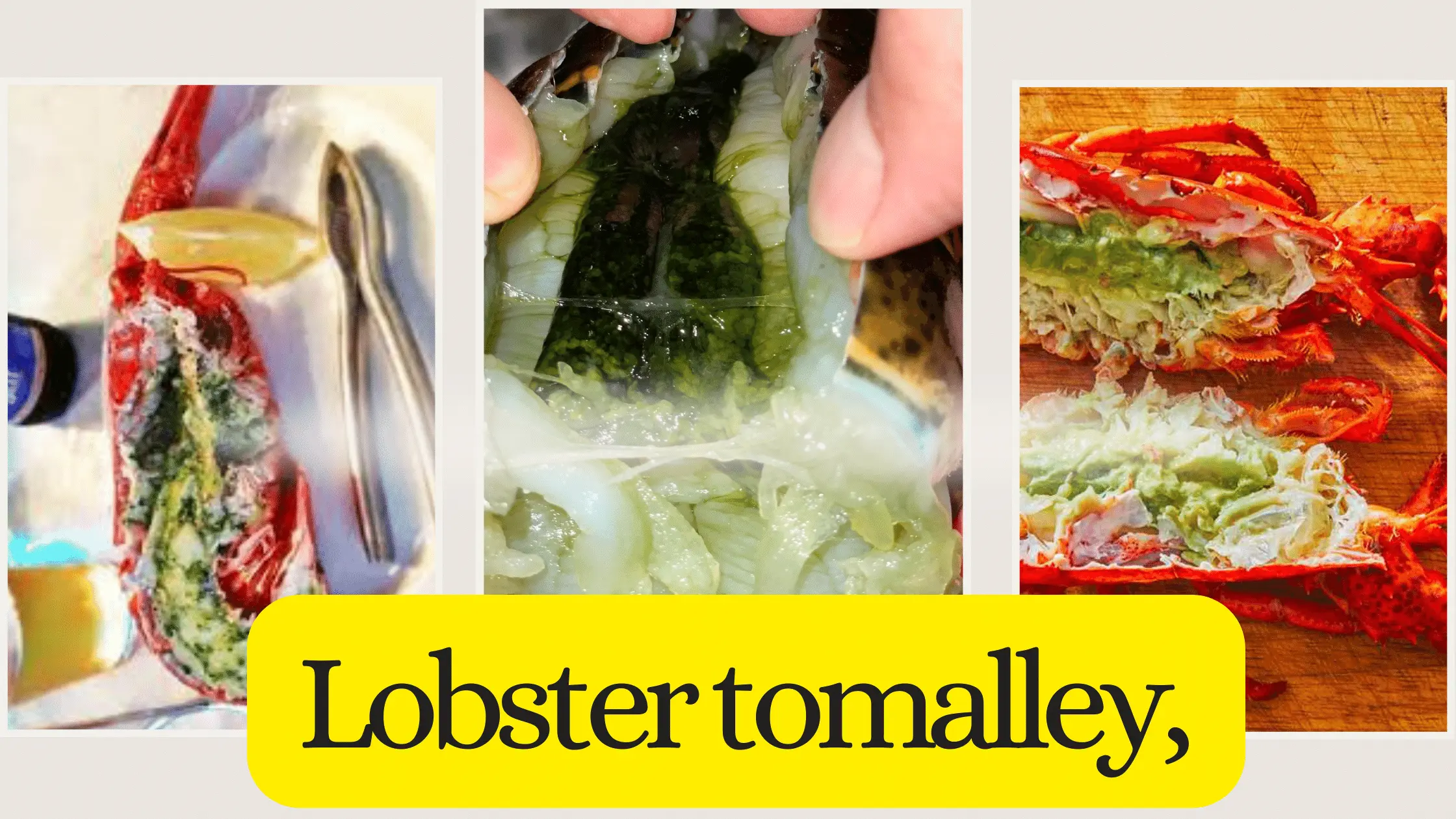
Is Lobster Tomalley Safe to Eat? Your Complete Guide and Recipes Inside!

Lobster tomalley, often known as the “green stuff,” is the soft, green substance found in a lobster’s body cavity. Highly esteemed in New England, it contributes a unique flavor to various dishes. However, discussions about its safety have arisen due to potential environmental contaminants. In this article, we explore the nature of lobster tomalley, its culinary significance, and the safety considerations associated with its consumption.
What is Lobster Tomalley?
Tomalley and Its Appearance:
Lobster tomalley is the soft, green substance found in the body cavity of lobsters. Visually, it presents as a paste-like material, often referred to as the lobster’s “green stuff.”
Its Role as the Lobster's Pancreas and Liver:
Lobster Tomalley Difference from Undigested Food and Waste Found in Other Seafood:
Culinary Uses
A. Rich and Concentrated Flavor:
B. Culinary Applications:
1. Eating Alongside Lobster Tail Meat:
2. Spreading on Crusty Bread as Pâté:
3. Incorporating into Lobster Rolls, Soups, and Stews:
Safety Concerns
Studies on Contaminant Accumulation:
Specific Toxins:
Health Advisories:
Importance of Moderation:
Ecological Factors
Impact of Red Tides or Harmful Algal Blooms:
Potential for Paralytic Shellfish Poisoning:
Effects of Red Tide on Lobster Tomalley:
Paralytic Shellfish Poisoning from Lobster Tomalley:
Detoxification and Historical Significance
Is There a Way to Detoxify Lobster Tomalley?
Historical Significance in Cuisines:
Regulatory Measures
Existing Regulations and Guidelines:
Role of Health Departments:
Recent Developments
Recent Findings on Lobster Tomalley Safety:
Changes in Regulations or Advisories:
Conclusion
Key Points about Lobster Tomalley:
Safety Considerations and Advisories:
Encouraging Informed and Mindful Consumption:
Additional Resources
Further Reading:
For those seeking more information, reputable sources such as the Maine Department of Marine Resources and U.S. Food and Drug Administration (FDA) offer detailed insights into lobster tomalley safety, regulations, and advisories.
References and Studies:
Explore comprehensive studies on lobster tomalley, including those conducted by Maine Department of Environmental Protection and Health Departments. These studies delve into the ecological impact, toxins, and ongoing research to stay informed.
Most Curious Questions
Is There a Way to Detoxify Lobster Tomalley?
Effects of Red Tide on Lobster Tomalley:
Paralytic Shellfish Poisoning from Lobster Tomalley:
Lobster Tomalley in Historical Cuisines – A Journey Through Time:
Lobster Tomalley – A Superfood or Culinary Risk?


How to Crack Lobster | Tips and Tricks

Sustainable Seafood Practices: From Ocean to Table

Common Seafood Mistakes To Avoid In The Kitchen

Seafood Balanced Diet: Tips for Healthy Eating




